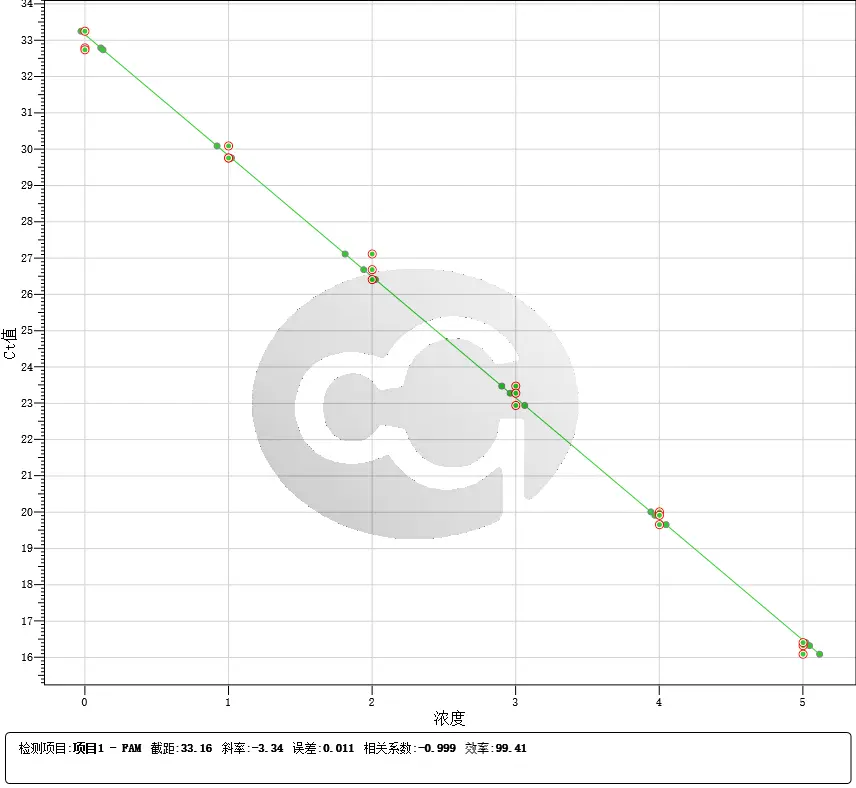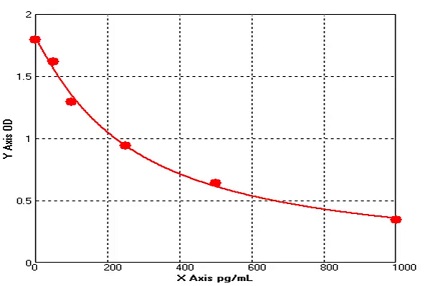Search ELISA Kits
Host Cell DNA Residue Detection Kits Types
-
CHO Host Cell DNA Residue Detection kit-50T
Cat. No.: CH-D050T
Detection Range:1fg/μL-1000pg/μL
Reactivity: Chinese Hamster
LOQ:

-
CHO Host Cell DNA Residue Detection Kit-100T
Cat. No.: CH-D100T
Detection Range: 1fg/μL-1000pg/μL
Reactivity: Chinese Hamster
LOQ:

Host Cell DNA Residue Detection Kits FAQs
-
Q
What are the applications of Host Cell DNA Residue Detection Kits?
The Host Cell DNA Residue Detection Kits are widely used for measuring residual amounts of host cell DNA in therapeutic antibody drugs.
-
Q
What is the total Assay Time for Host Cell DNA Residue Detection Kit?
The total assay time for the Host Cell DNA Residue Detection Kit depends on the amplification enzyme used in the kit and is independent of the target gene being detected. When using this kit, the entire amplification process takes no more than 1.5 hours.
-
Q
What is the FDA limit for residual host cell DNA?
The guidelines from the World Health Organization and the U.S. Food and Drug Administration suggest that the final product dose should contain no more than 10 ng of residual DNA and that the size of the residual DNA should be limited to 200 base pairs.




